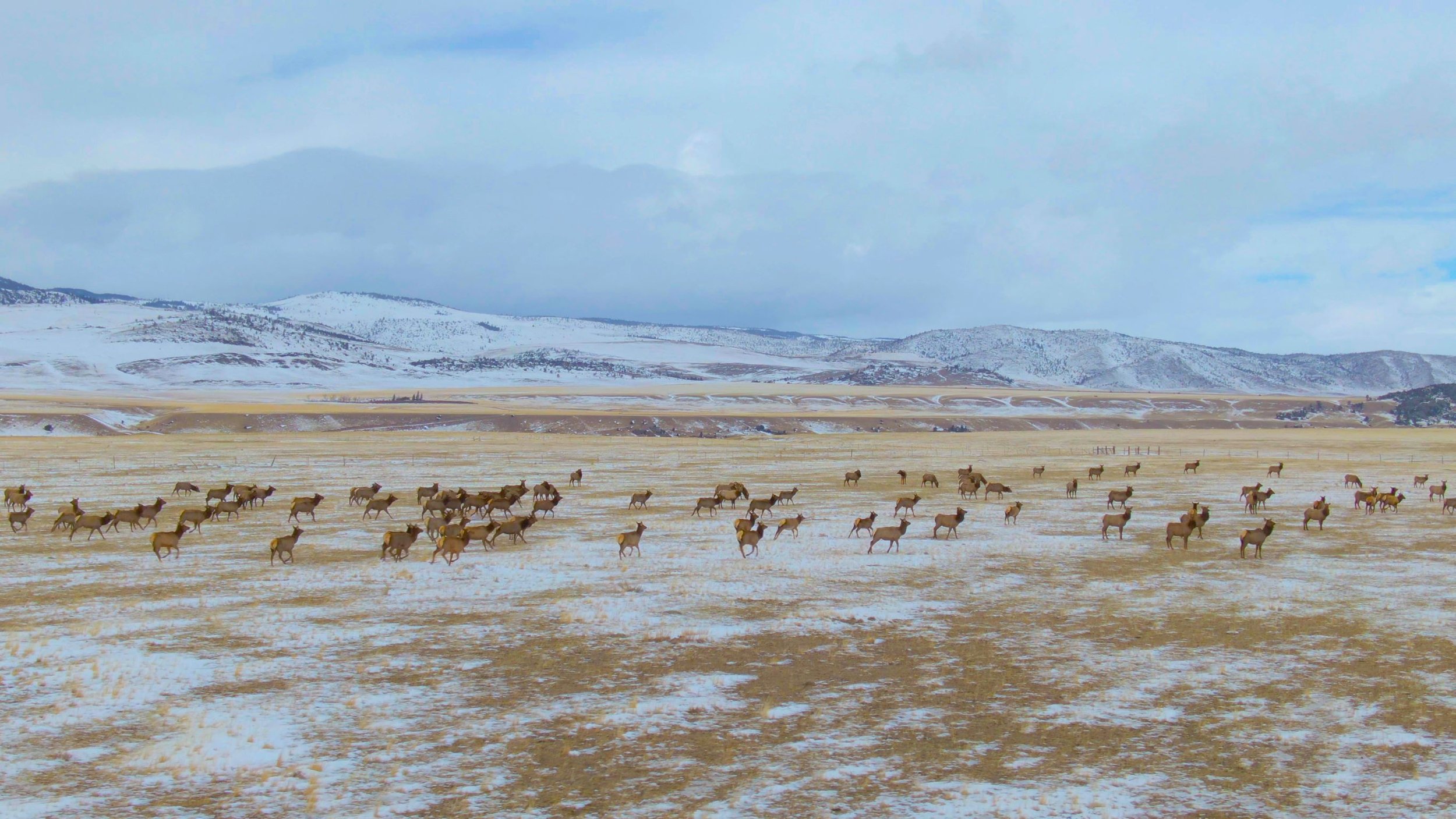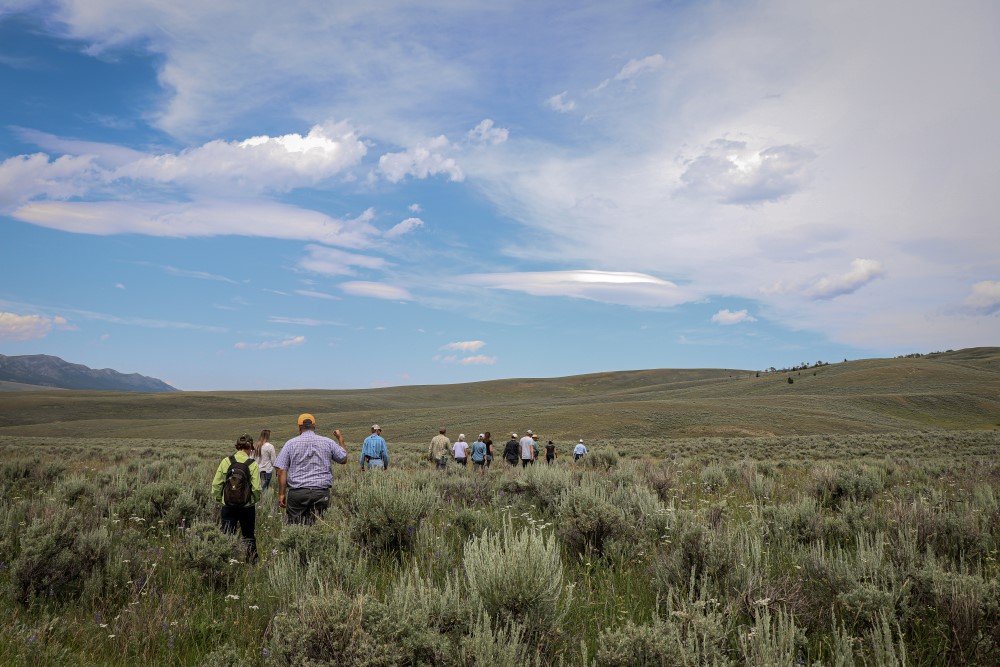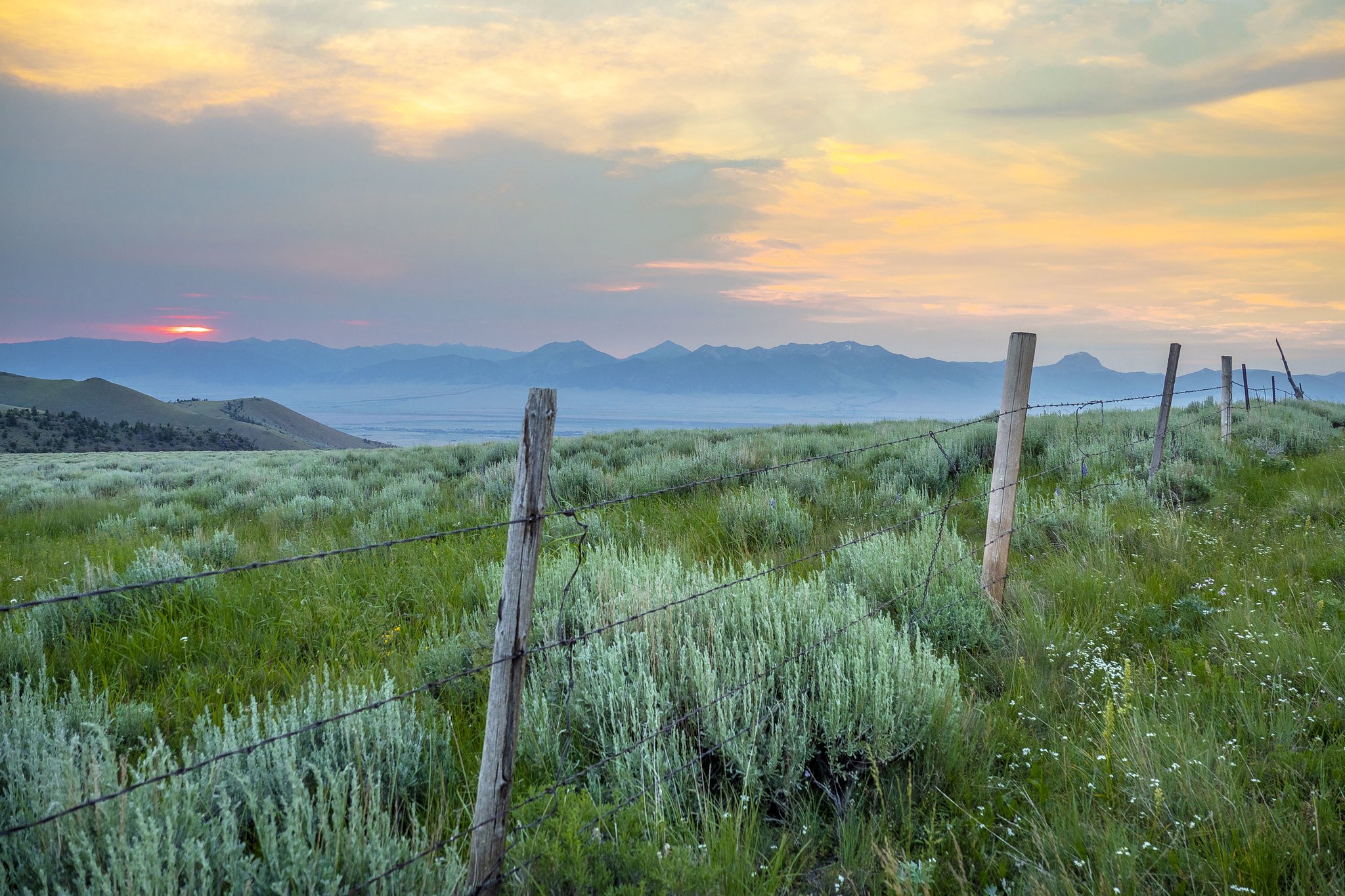
Maintaining Open Landscapes
Much of Greater Yellowstone is characterized by wide open spaces.
Whether a lush mountain meadow, an unbroken expanse of forest, or a generational working ranch nestled in the foothills, the open lands–both public and private–of Greater Yellowstone sustain remarkable populations of iconic species such as grizzly bear, bison, elk, and pronghorn.
When we lose open lands, we lose wildlife. Increasingly, the wild and working landscapes of Greater Yellowstone are being fragmented by roads, zoned for development, and lost to sprawling subdivisions. When wildlife habitat is lost, animals find themselves in conflict with humans, which in turn decreases social and political tolerance for wild animals, leading to dangerous policies and management practices.
Public lands are not the only places that sustain the wildlife of Greater Yellowstone; working lands have a vital role to play as well. In addition to protecting the public lands of the ecosystem, the Greater Yellowstone Coalition is committed to working with ranchers and other landowners to build solutions that protect livelihoods and wildlife alike by keeping working lands viable parts of a functioning ecosystem.
How we’re maintaining open landscapes.
Collaborating for Conservation in the Ruby Valley
Connecting Vast Landscapes in the High Divide






